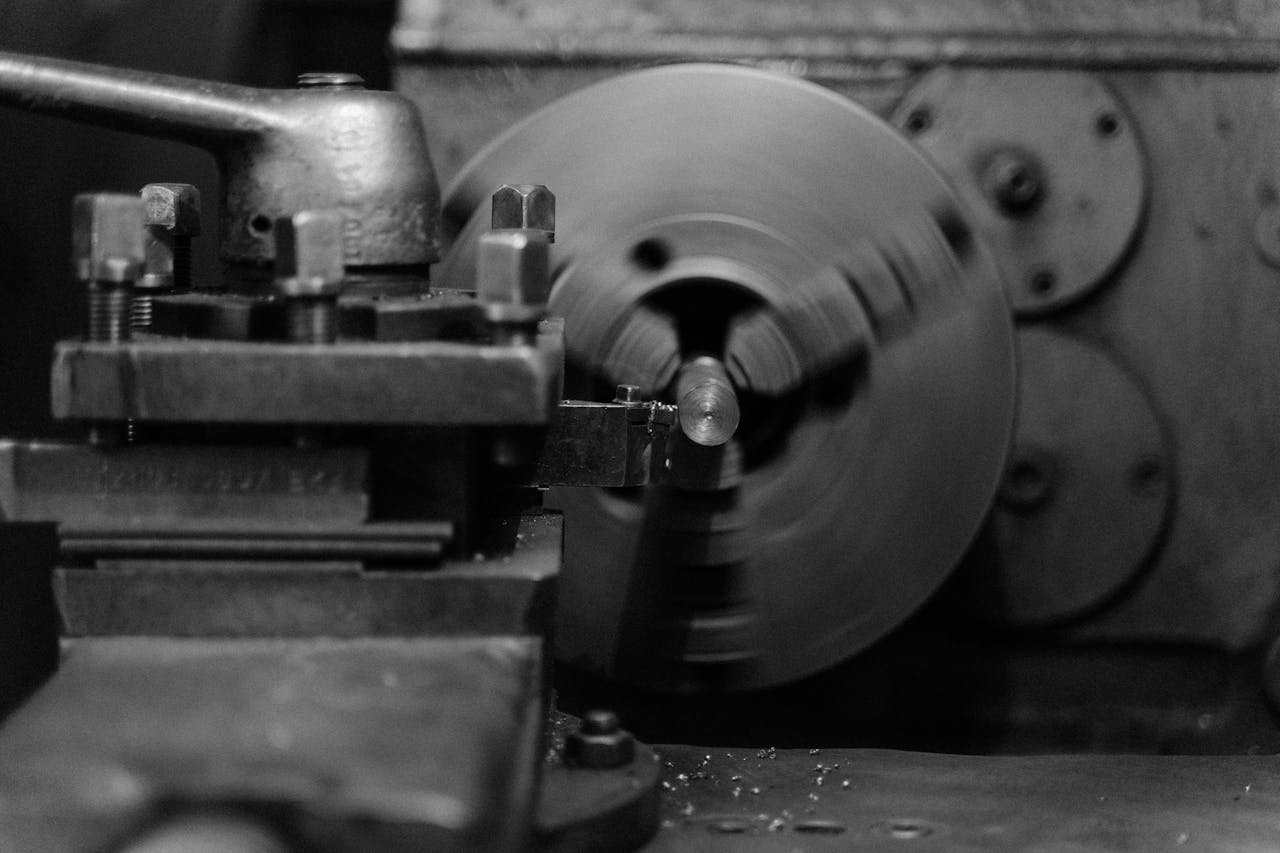The used CNC machine marketplace feels like a vast digital bazaar where million-dollar manufacturing capabilities change hands daily through complex transactions involving desperate sellers, savvy dealers, and hopeful buyers all trying to get the best deals possible. Sellers range from manufacturing companies facing bankruptcy liquidations to professional equipment dealers flipping refurbished machines for profit margins.
Buying used CNC equipment requires preparation and market knowledge as essential tools for marketplace success and avoiding costly mistakes that plague uninformed purchasers.

1. Understanding Seller Categories and Motivations
Different seller types bring completely different risk profiles and opportunity characteristics to CNC transactions that smart buyers learn to recognize and evaluate strategically:
Manufacturing companies liquidating operations during business closures often offer genuinely good deals but provide limited ongoing support or warranty coverage after sales completion. Equipment dealers provide more comprehensive support and service, but mark up prices accordingly to cover overhead and profit margins.
Auction houses create competitive bidding environments that can either reveal exceptional bargains or drive prices beyond reasonable levels when multiple buyers compete aggressively for the same desirable equipment.
2. Remote Condition Assessment Strategies
Geographic distances and time constraints force most buyers to develop systematic remote evaluation protocols that provide reliable condition information without expensive site visits:
- Comprehensive documentation requests: Complete service records, operational hour logs, and detailed maintenance history documentation
- Live video inspection sessions: Real-time demonstrations of machine operation and visual condition assessment with sellers
- Previous owner reference checks: Direct interviews with maintenance providers and operators familiar with equipment history
- Professional third-party inspections: Qualified evaluation services for expensive purchases that justify inspection costs
Thorough remote assessment reduces unpleasant surprises and provides valuable negotiation leverage based on discovered condition issues that affect value and utility.
3. Technology Obsolescence Considerations
CNC technology evolves rapidly, significantly affecting both current production capability and long-term support availability, which impacts total ownership costs over machine lifetime:
Older control systems might lack modern programming features and connectivity options, but often prove more reliable and easier to maintain than complex newer systems with extensive electronic components.
Consider software compatibility with existing programming systems and staff training requirements that affect implementation costs and operational efficiency after installation.
Outdated control technology might require expensive upgrades or significantly limit production flexibility compared to modern equipment with current capabilities and features.
4. Transportation and Installation Planning
Moving large CNC machines requires specialized rigging equipment and technical expertise that significantly affects total project costs and timeline requirements:
- Professional rigging service requirements: Specialized machinery moving companies with appropriate equipment and insurance coverage
- Facility preparation needs: Floor loading capacity verification and utility connection planning at the destination facility
- Comprehensive insurance coverage: Protection against transportation damage, delays, and installation problems that could prove expensive
- Technical installation services: Professional alignment, calibration, and startup assistance from qualified technicians
Factor these substantial costs into total purchase budgets to avoid unpleasant financial surprises that exceed original equipment purchase prices significantly.
5. Legal and Warranty Considerations
Used machinery transactions involve complex legal considerations that vary significantly by jurisdiction, seller type, and transaction structure:
Warranty availability ranges from none for auction purchases to comprehensive coverage from established dealers with service capabilities and reputation concerns.
Clear title verification prevents ownership disputes after purchase completion that could result in equipment loss or legal complications.
Professional liability insurance ensures protection against accidents during installation and operation that could create significant financial exposure.
Conclusion
Successfully navigating the used CNC machine marketplace requires systematic preparation, thorough evaluation capabilities, and realistic expectations about risks and rewards involved in purchasing pre-owned manufacturing equipment. While the market offers genuine opportunities for acquiring quality production capabilities at substantially reduced costs compared to new equipment, success depends entirely on informed decision-making rather than bargain-hunting instincts alone.